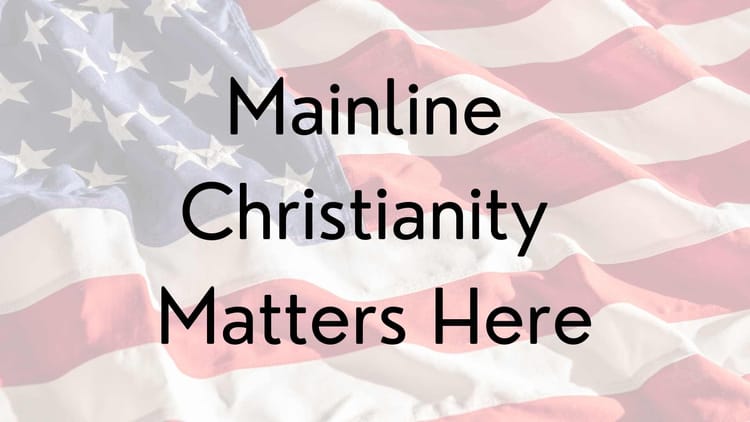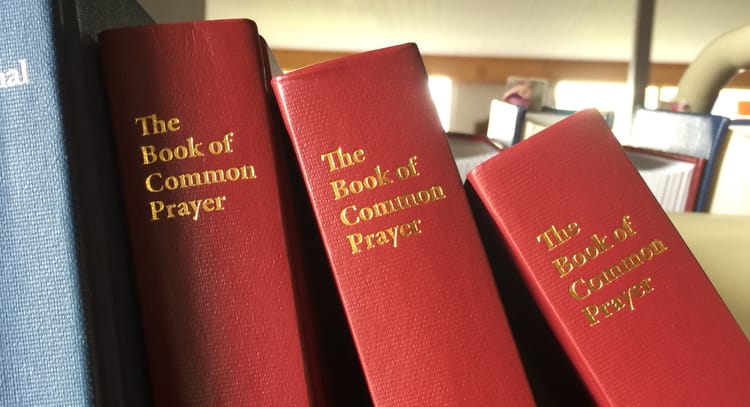Three Steps to Alternative Church Revenue


I had the pleasure of meeting the Rev. Charlie Barton, rector of St. James’ Episcopal Church (Monkton, Maryland) at the e-Formation conference. We were in the same workshop when he started talking about the ways his congregation has partnered with other organizations to advance their mission and achieve common goals. I immediately spied a great example of someone who has gone ahead of me (and perhaps you) into finding sources for alternative church revenue (as we discussed in the Financial Forecasting post, part of the Next America series). Charlie was kind enough to allow me to publish a guest post in which he describes his thinking and how it has borne fruit for ministry.
* * * * *
Denominations, and many parishes, are shrinking. Average Sunday attendance is down as cultural norms about attendance change. Fewer people often means less income, smaller staff, fewer programs. That will translate into less mission if we just keep doing the same things in the same way. Time to think outside the box. How can we grow mission even as attendance declines?
One way forward is to develop strategic partnerships – with other Episcopal parishes, churches of other denominations and even commercial establishments. Such partnerships can help your parish thrive not just survive. There are three steps to developing such partnerships:
First, consider your church’s identity. What are the attributes that make you, you? How about your church? What are the various hallmarks of its identity? Can you list core values upon which your entire vestry/governing body can agree? Make sure leaders have a shared understanding of who you are together before you seek partners in ministry.
Second, consider your parish’s mission. Episcopalians have a description of the mission of the church in the Catechism in the back of the Prayer Book. This is a great beginning. But can you articulate, in a couple of sentences, how your parish puts received faith and local core values into contemporary action?
Why do these two steps come first? In a rapidly changing, pluralistic world, it’s tempting to circle the wagons on the one hand or try to be all things to all people on the other. Both extremes lead to either an internal loss of identity or a loss of connection with the “outside” world. Clear identity, clear mission and permeable boundaries coupled with energetic evangelism and vibrant entrance rites help the church be the church, engage with the world around us and to “baptize and make disciples” of those we encounter who seek to move deeper.
Third, seek potential partners. Once we are clear on our own identity and our core values we can draw a Venn Diagram that maps out shared interests with even commercial interests in a way that allows each to operate with integrity, be true to their individual interests and celebrate shared values.
The diagram below illustrates our growing, multi-year relationship with a local restaurant, The Manor Tavern. We are clear on several creative ways we can interact in which all involved benefit, the church, the restaurant and the community. They help sponsor our Art Shows. We have done shows (Farm to Table) in which they have had menus that go with the theme of the art in our gallery. We look for appropriate synergies that are true to each organization. The more we look, the more we see.

The more we do together, the better it gets for all parties and the deeper our relationships become. The image below is of a birdhouse that I made and gave to the manager of the restaurant to thank them for a fund raiser they did which benefited us. Now I know that he has a thing for birdhouses and I can take pleasure in having helped to beautify their space.

Because we built a partnership based on individual clarity and common interests with The Manor Tavern, mutual trust developed. Our relationship led directly to a $10,000 gift they offered our church to support ministry in our local community. As a for-profit, their mission does not include direct service to those in need. They recognize that our mission does include community service and they trust us to make a difference.

Although the financial gift was certainly welcome, the real gift has been to get to know one another and together to positively influence the community we share. Breaking bread together is good! When 2 or 3 are gathered we’re in good company and prepped to recognize real presence in new ways.
Is your church clear on your identity and mission?
Who might partner with you to achieve common goals?





Member discussion